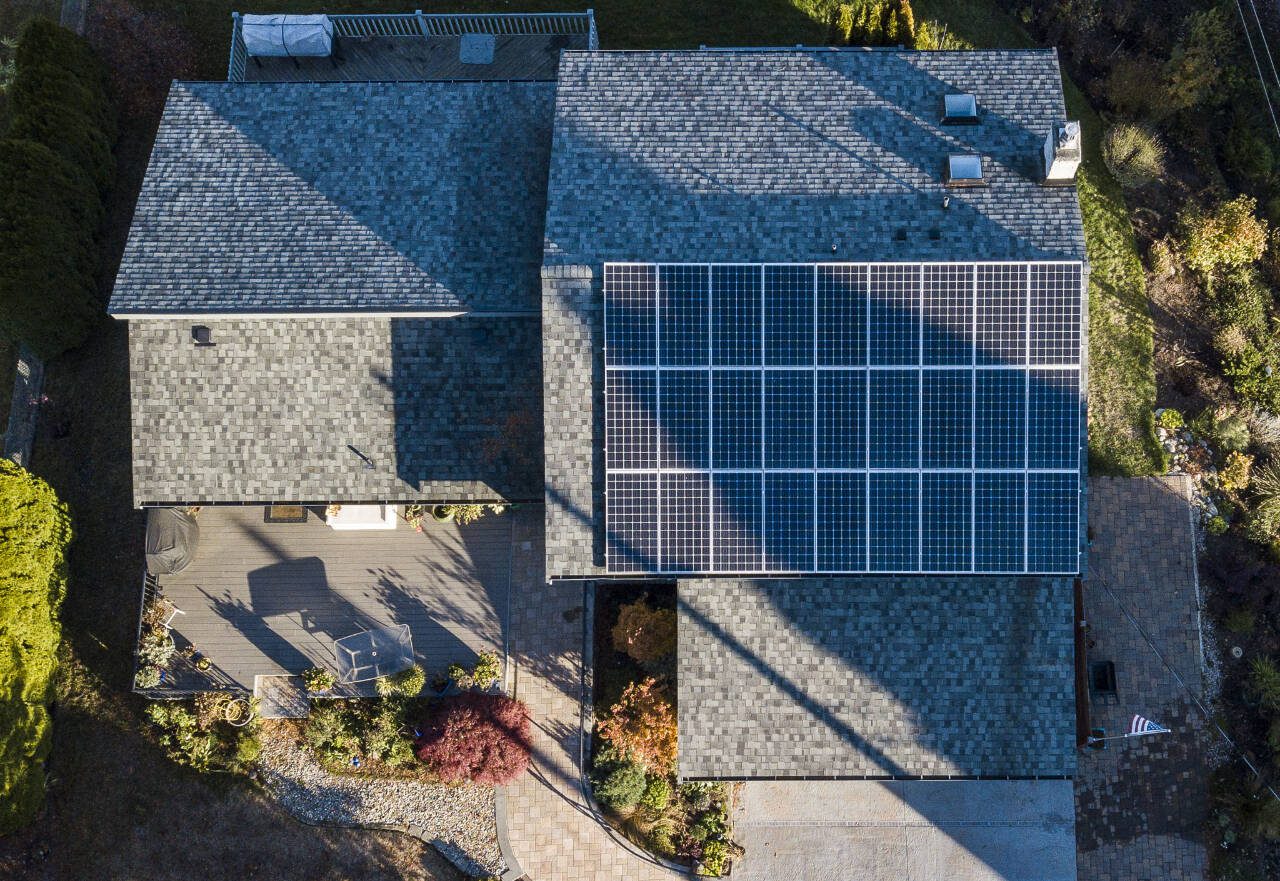By The Herald Editorial Board
President Trump, in celebrating last week’s narrow passage of his “big, beautiful bill” by the House, called it “arguably the most significant piece of Legislation that will ever be signed in the History of our Country.”
Trump’s social media post was on-brand in terms of its hyperbole, yet — if not significantly altered by the Senate — Trump’s exaggeration could prove accurate; just not in the sense of outcomes most Americans will want to live with.
Much of the concern regarding the 1,100-page bill — meant to extend the tax-cut package adopted in 2017, the last time Republicans had unified control of the legislative and executive branches — has focused correctly on how the continuation and expansion of those tax cuts will be “paid for” in terms of the elimination of benefits for millions enrolled in Medicaid and Supplementary Nutrition Assistance Program (food stamps), the expiration of Obamacare subsidies and the saddling of future generations with the addition of between $3 trillion to $5 trillion over the next 10 years to the national debt, which now stands at $36.9 trillion.
As significant as those looming outcomes are, the legislation also has taken aim at work accomplished by the Biden administration and Congress in 2022’s Inflation Reduction Act to address the climate crisis and begin the transition to a clean energy economy, which was already delivering benefits; in the form of new jobs, lower energy costs and hopes for reduction of climate-warming greenhouse gases and pollution, especially in communities and states that had voted for President Trump in 2017 and 2024.
The bill repeals or speeds the sunsets of clean energy tax credits — $522 billion that Congress had promised the local communities across the country — ending incentives for renewable energy, specifically wind, solar and battery storage projects and reneges on the largest investment in clean energy in history, while at the same time increasing tax incentives and subsidies for the fossil fuel industry.
Homeowners and vehicle owners considering solar panels and electric vehicles will see federal rebates and tax credits disappear. Along with the end of the $7,500 tax credit for EVs, a similar tax credit for home solar panels will be eliminated as will a credit for companies that lease solar panels to lower their initial cost to homeowners and businesses.
Hoping to win support of Republican congressional districts that could ensure the clean energy investments’ survival, the act made a point of delivering about three times the spending to Republican districts as it has to Democratic districts, even though not a single Republican voted for the IRA. A Washington Post analysis last year found that of the top 10 districts that had attracted the most clean energy investments, nine were represented by Republican lawmakers.
In Washington state, Republican Rep. Dan Newhouse’s Central Washington 4th District was allocated $323 million in such investments. Next door, Democratic Rep. Kim Schrier’s 8th District was to see just $2.6 million, while Democratic Rep. Rick Larsen’s 2nd District was promised $42 million in clean energy investments. The comparison is made not to bemoan that Democratic districts were denied their fair share of such investments; but to note that House Republicans’ allegiance to Trump and to the extension of tax cuts for those in upper income brackets appears to outweigh the promise of such benefits to the GOP’s own constituents, adding to the adverse economic impact for those Republican districts that depend on Medicaid and SNAP benefits.
The broader effect of the end of such investments could significantly slow progress on climate efforts, especially when added to other recent moves such as the Senate’s vote last week to revoke waivers that California, Washington and other states had relied upon to seek the phase-out of the sale of new gas- and diesel-powered vehicles by 2035; and the Trump administration’s clawback of funds already allocated by Congress — $71 million for Washington state — for a network of electric vehicle charging stations.
The momentum of the clean energy transition, ultimately, may prove resilient. This year, solar, wind and battery storage projects are expected to account for 63 gigawatts — 93 percent — of new electric grid capacity, a 30 percent increase from the year prior, according to the U.S. Energy Information Administration.
But that’s growth that U.S. electrical grids need desperately as demand increases to meet the growth in computer servers for AI, as well as clean transportation and home energy, growth now threatened by the legislation. And its demand that construction of natural gas generating plants likely will not be able to satisfy because of increasing costs, material shortages and supply chain problems for such plants. Without continued investments in clean energy, the Center for American Progress reports that a pullback of clean energy projects could increase home electricity bills by $70 to $110 annually by 2030.
“If Congress does not change course, this legislation will upend an economic boom in this country that has delivered an historic American manufacturing renaissance, lower electric bills, hundreds of thousands of good-paying jobs, and tens of billions of dollars of investments primarily to states that voted for President Trump,” Abigail Ross Hopper, president of the Solar Energy Industries Association, said in a statement, reported by Reuters.
Washington Sens. Patty Murray and Maria Cantwell are well on the record in opposition to the Republican legislation now before the Senate for consideration.
Washington residents, regardless of party alliance, should add their voices to remind Congress and president to represent their needs and interests by rejecting a transfer of wealth to the nation’s most affluent individuals and corporations from its its poorest families, its future generations and the climate’s health.
Talk to us
> Give us your news tips.
> Send us a letter to the editor.
> More Herald contact information.

























